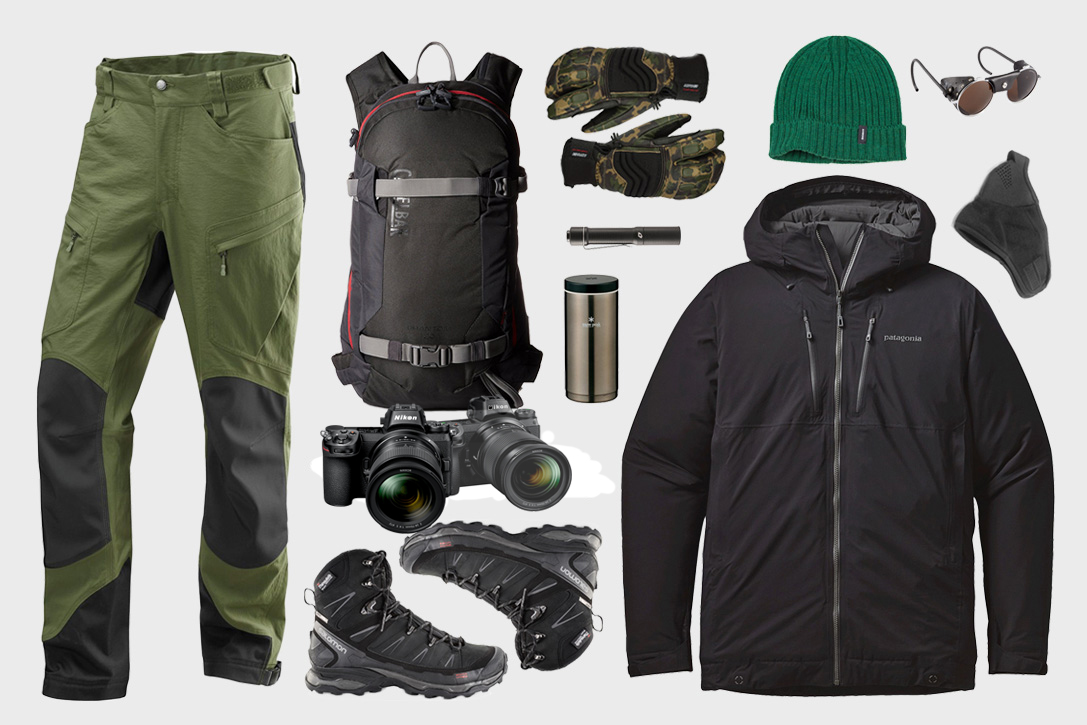
Packaging list for the Gorilla trekking in Rwanda and Uganda
Overview
Gorilla trekking is one of the most popular and exciting activities to do while on safari to Uganda or Rwanda that involves a nature walk into the captivating world of primates.
Gorillas are one of the incredible, intelligent primates on the planet Earth and share 98% of DNA with humans making them our closest relatives.
In their natural habitat, gorillas are only found in three countries in the whole world i.e. Bwindi Impenetrable National Park and Mgahinga NP in Uganda, Volcanoes National Park in Rwanda, and Virunga National Park in DRC.
The gorilla trekking experience is unpredictable, thrilling, and intense and involves hiking through hilly volcanic landscapes, climbing over fallen giant trees, crossing meandering river streams, and undercover by misty Rainforest trees and bamboo forests that are prone to coldness, rain, and muddy trails, thorn pricks, insects bites such as flies and soldier ants that require most trekkers to be prepared enough for gorilla trekking in the forest.
For any traveler thinking of gorilla trekking in Uganda or Rwanda, you have to make preparations earlier than the tracking date to have a seamless and life-changing experience.
Below are some of the packing lists for gorilla trekking.
Gorilla permits and passport
Gorilla trekking is an exhilarating activity, however for one to have an entry to see the majestic apes, you will require a trekking permit which is acquired through a licensed and registered local tour operator in Uganda or Rwanda.
You will be required to show your gorilla permit and passport at the hotel and park offices just before beginning your trek.
Valid travel documents and a Visa are very important for any safari. Don’t travel with a passport that is about to expire. Also, ensure that you take the yellow fever shots and have the card.
Carry an Insect Repellent
The African jungle forest harbors all kinds of insects and bugs and thus it’s essential to include an insect repellent among the list to protect your body from insect bites like mosquitoes and other flies.
To avoid unnecessary itching from bugs, insects as well as blood-feeding pests, the insect repellent must be on your pack list for gorilla trekking in Uganda or Rwanda to help protect your body and have a once-in-a-lifetime insect-free experience.
Facemasks & hand sanitizer
Gorillas share 98% of DNA with humans and are known as the closest relatives of human beings thus it’s easy to spread diseases to humans, especially respiratory diseases a facemask is a must-be in your packaging list in preparation for gorilla trekking in Uganda and Rwanda.
On top of staying 10m away from the gorillas, wearing a face mask will help minimize the risks of getting diseases from gorillas.
Hiking Boots

During the rainy season, the gorilla trekking trails can be muddy and slippery and thus you are advised to bring comfortable waterproof hiking shoes that will give you better stability, balance, and support to your body to avoid sliding and falling on hilly slopes during the hike while in search of gorillas.
An appropriate Clothing
The African jungle forest can be unkind to your body, and you need to stay protected and cover most parts of your body from hazardous plants and insects.
Gorilla trekking requires proper clothing for you to have a unique and enjoyable experience. The activity needs non-shouting colors of clothes to pack for gorilla trekking, ensure you include waterproof trousers, jackets, long-sleeved shirts, sweaters, long socks, and long trousers.
The right clothing will help protect you from getting wet, sharp tree branches, the sun, and insects/ants. Always tack your trousers to your boots to prevent safari ants and other insects from entering your body.
Other clothing to take into consideration while planning your gorilla tour are a pair of shorts for relaxation while back at the lodge and Pajamas for the cold nights. Also include long socks to cover your feet.
-
A rain jacket
Gorilla trekking is done in the morning hours, in forested areas where it can rain at any time no matter whether dry or wet season thus carrying a rain jacket is important to help protect from rain droplets. The jacket should be lightweight.

-
Warm sweater
The sweater will keep you warm during the cold evenings and mornings. The Volcanoes National Park and Mgahinga are located in areas of high altitudes with several volcanoes on the horizon which release cold winds and mist.
-
Long sleeved Khaki shirts and trousers Plus long stockings
Wearing long-sleeved shirts will help to protect you from injuries from thorny tree branches, nettles, bugs, or anything that can make a scratch on your body.

They should be light and must not collect heat inside.
Hiking gloves
During the trek, you will have to touch tree branches, to clear your path as well as avoid sliding off the hills thus you need to pack a gardening or hiking glove to avoid prickles on your hands as well as avoid scratches from hazardous plants. The forest can get muddy and slippery hence gloves will help you hold tree branches when climbing.

Garden gloves will help you provide support as you hold trees branches and other vegetation as well as protect your hands from scratches and insect bites.
Energy-giving snacks.
The gorilla trekking time is unpredictable, it takes 30 min to 7 hours or even more thus you will need to pack energy-giving food with a bottle of drinking water to keep you hiking through the forest gorilla destinations. In most cases, the driver guide and lodge will organize for you a packed lunch to fuel your body during long treks.
A hat, and sunglasses.
These will protect you from the sun’s heat, especially during the dry season. These items are also important if you are planning to combine gorilla trekking with a visit to other national parks with hotter weather.
Camera with a strong battery.
The power of photography can be narrated in the future with reminders of lifetime pictures. How will your friends know about your experience during your safaris? How will you recall such exciting moments? Be prepared to take photos of gorillas, the beautiful park scenery, and spots along your journey. The camera may run out of battery – pack extra batteries. Do not use flash photos while with the gorillas. They will get agitated.
Binoculars
The parks you will be visiting are not all about gorillas. During your trek, you will encounter several species of birds, forest elephants, buffaloes, chimpanzees, and colobus monkeys among many others. You can get picturesque views of the birds and primates if you have better binoculars to zoom in a far distance.
In conclusion
The African jungle is a seemingly exceptional filled with a thicket of tangled growth with no street signs, walking trails, or Google Maps voice directions. Finding a gorilla’s nest is an adrenaline-pumping experience that offers a sense of discovery of nature which requires you to prepare in advance like a soldier going on the frontline of a war for an unforgettable travel experience.

